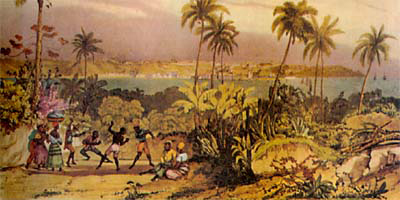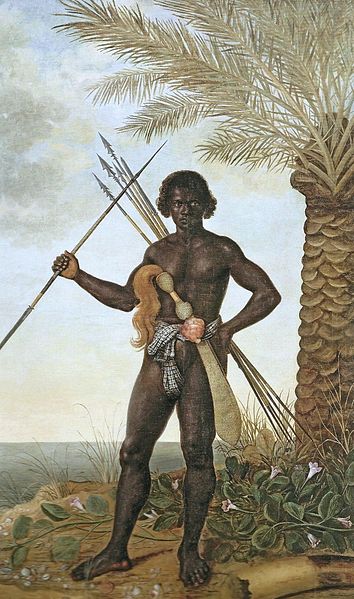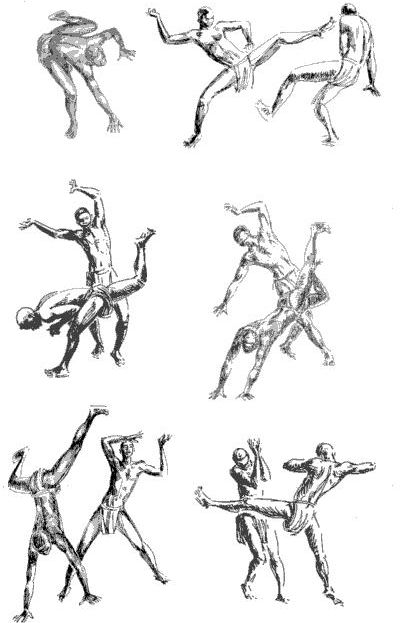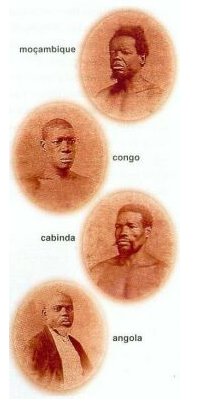

An estimated 5 MILLION Africans were captured, kidnapped and taken to Brazil. They were made up of people from Angola, Congo and Mozambique. It has been theorized that the seed of capoeira (the fighting art) was conceived in the slave houses or Senzalas. After along day of forced physical labor, the Africans would rest, recover and release their frustrations while secretly preserving their cultural music, dances, fights and religions as best they could. As the Africans in one plantation were often captured from several different tribes, many times their only common language was rudimentary Portuguese and body gesture. Dance, drum, and chant became tools to strengthen bonds and create a sense of community. One of their dances is rumored to have been the N’golo, performed during the puberty rituals of the Mucope of southern Angola. The young men would dance, imitating zebras fighting, and the winner of the N’golo would be awarded a bride for which he did not have to pay a dowry. It was the mixing of the culture of these groups inside the Senzalas that was the beginning of capoeira’s conception.

In the jungle with the help of the indigenous Brazilians, the Africans formed large, escaped slave communities called quilombos. Together they created the most renowned quilombo of all: Palmares, which at its height in the mid-17th century held sway over 10,000 square miles in north coastal mountains.

The founder of this maroon nation said to be Aqualtune, an Angolan princess and general enslaved in a Congolese war in about 1605. Soon after arriving in Brazil, the pregnant Aqualtune escaped with some of her soldiers and fled to the Serra da Barriga region.
Around the settlements were protective palisades, pits filled with deadly stakes, and paths lined with lacerating caltrops. Not to be limited to empty hands, they were also armed with bows, arrows, sabers and guns. If a strong attack struck an outlying village, its people fled to the high outcrops, where fertile soils and artesian water made it possible to outlast any siege. Quilombo’s dozen villages became haven for as many as 30.000 Africans and Indians, as well as a few renegade Europeans. By the 1630s, Aqualtune’s son Ganga Zumba ruled Palmares. If Capoeira was conceived in the Senzalas then it is safe to say it was cultivated in the quilombo. The word Capoeira comes from the native tupi-guarani tribe. It is an agricultural technique where new vegetation, recently cut down would begin to grow. Caa-puera referrers to the areas of low vegetation.

